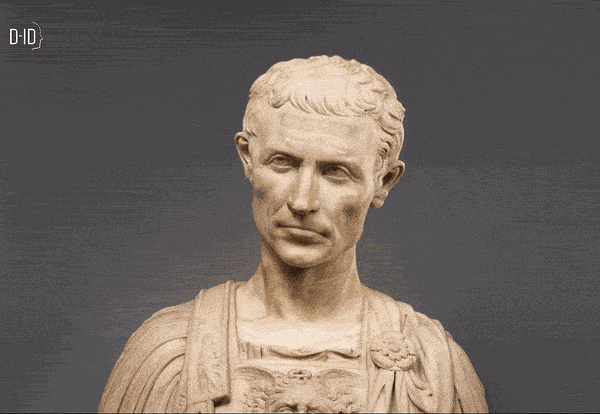Museums and AI: letting art tell its story

2020 may be remembered as the year online art sales doubled to $12.4 billion globally. Pablo Picasso’s Les femmes d’Alger sold for $29.2 million, Roy Lichtenstein’s Nude with Joyous Painting went for $46.2 million, and Francis Bacon’s Triptych Inspired by the Oresteia of Aeschylus was purchased for $84.5 million.
However, 2020’s legacy will also be a 77% drop in worldwide museum attendance. The British Museum in London, New York’s Metropolitan Museum of Art, Amsterdam’s Van Gogh Museum all shut their doors. The Louvre, the world’s most visited museum, experienced a 72% drop in attendance compared to 2019.
All told, COVID-19 forced museums to close for a total of 41,000 days.
Making Art Immersive and Accessible
Over the course of the pandemic, museums turned to creating virtual experiences for a viewing public that was stuck at home due to lock-downs. The British Museum in London, National Gallery of Art in Washington D.C., and National Museum of Modern and Contemporary Art in Seoul were among the many museums that opened up to virtual tourists, offering remote immersive experiences.
And, as museums feel their way out of the pandemic, we are continuing to see different types of exhibits. The Victoria and Albert (V&A) Museum in London launched an extraordinary virtual reality experience called Curious Alice, celebrating Alice in Wonderland. With rabbit holes and psychedelic mushrooms, the virtual reality experience fully immerses visitors who overcome challenges and complete tasks as they move through the exhibition.
Curious Alice: the VR experience | Behind the scenes | V&A
The Louvre’s Mona Lisa: Beyond the Glass was launched in 2019. In 2017 the Petersen Automotive Museum in Los Angeles used VR to allow visitors to interact with a classic American sports car. We’ve seen virtual reality popping up in the Smithsonian, the National Museum of Finland, and the Tate Modern.
Even before the pandemic, museum curators were considering new ways to engage visitors. Today, with many museums looking at the pandemic in the rear-view mirror, engaging people and exposing them to art in new ways is becoming mission critical.
AI: Opening A Window Into New Stories
A question we’ve been asking ourselves at D-ID is what if pictures, using advanced AI-powered technology, could move or even talk?
This image with five Black boys, taken in Chicago in 1941, is striking. What did their future look like? What happened to them in the years since? Animating this picture and giving these boys a voice could help patrons of the art understand the complex backstory of race in America today.
Or what if artists, scientists and thinkers, long-past could come to life to explain their work?
This is an animation of celebrated Mexican artist, Frida Kahlo re-enacted with the help of an actress to explain on of her most famous works, The Wounded Deer (1947)
In this video, based on a self-portrait, acclaimed British artist, J. M. W. Turner tells the story of a key turning point in his life.
Imagine the power of a screen in the gallery next to this picture, or the image being used in a museum’s promotional piece.
Picture Michelangelo’s David inviting visitors to the Galleria dell’Accademia in Florence, or Einstein teaching kids the theory of relativity at the Science Museum.
Museums can’t animate paintings on a wall, but they can use animation techniques to engage visitors.
Whether it’s to bring art and history to life for younger, digital-savvy audiences, enhancing the experience of online-only exhibitions, creating unique marketing collateral for new exhibitions or simply allowing the people in images to tell their stories, making them active rather than passive, the ways museums can deploy this type of technology is unlimited.
The AI-enhanced museum experience is the future
See how D-ID can help you bring a fresh approach to the world of art. Contact us today for a demo.
Was this post useful?
Thank you for your feedback!